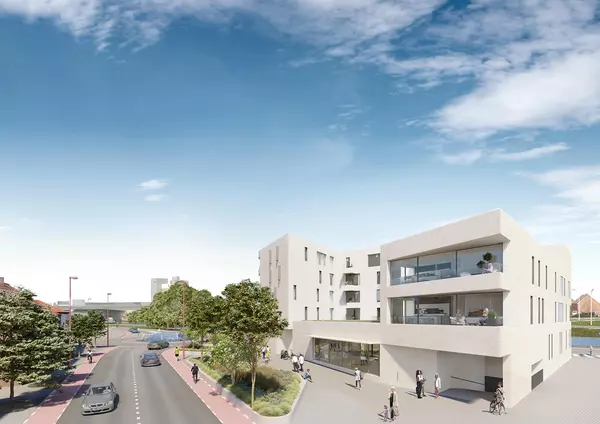Federal Government Could Weigh the Reintroduction of MURB Tax Deduction
The federal government is reportedly exploring the possible reintroduction of the Multi-Unit Residential Building (MURB) tax deduction program as a way to incentivize increased private sector investment in rental housing development.
A MURB tax deduction is a policy tool originally implemented in the 1970s to incentivize private investment in rental housing. While no formal announcement has been made, internal discussions within the Canada Mortgage and Housing Corporation (CMHC) suggest that the program is under active consideration as part of broader efforts to address the country’s rental housing shortage.
Background of the MURB Program
The MURB program, operational from 1974 to 1982, allowed investors in new multi-unit residential buildings to deduct depreciation and certain construction-related expenses from their taxable income. This tax shelter aimed to stimulate the construction of purpose-built rental units by enhancing the after-tax returns for investors. During its tenure, the program facilitated the creation of approximately 195,000 rental units across Canada.
Potential Impacts of Reintroducing MURB
Reinstating such a program could yield benefits for renters and investors alike, but may also introduce new market distortions and risks.
Positive Outcomes
Reintroducing the MURB tax deduction could significantly increase the rental housing supply. By allowing investors to deduct certain costs associated with the construction of new rental units, the program would make it more financially attractive to invest in purpose-built rentals. This could accelerate the pace of new development, especially in markets suffering from chronic shortages.
A larger supply of rental housing could also help stabilize or reduce rents over time. As more units come onto the market, particularly in high-demand urban areas, the increased competition could curb the sharp rent increases that have disproportionately impacted low- and middle-income Canadians.
For high-income individuals, the reintroduction of MURB-style deductions could create an investment opportunity. These investors could diversify their portfolios by allocating capital into multi-unit residential projects while benefiting from tax offsets. In turn, this injection of private capital could support economic growth in the construction and real estate sectors and help reduce the fiscal burden on public housing initiatives.
Potential Challenges
The potential re-implementation of the Multi Unit Residential Building (MURB) tax deduction program could spur significant investment in rental properties, benefiting renters and high-income Canadians, but potentially negatively impacting existing landlords by introducing “price insensitive” competition, according to a May Edge Realty Analytics report.
The original MURB program saw instances where investors prioritized short-term tax gains over long-term viability, leading to financial instability and, in some cases, bankruptcies.
The potential reintroduction of the MURB tax deduction program introduces an additional variable for developers and investors to monitor. A clearer assessment of its implications will depend on whether formal details or policy guidelines are eventually released.
Categories
Recent Posts











